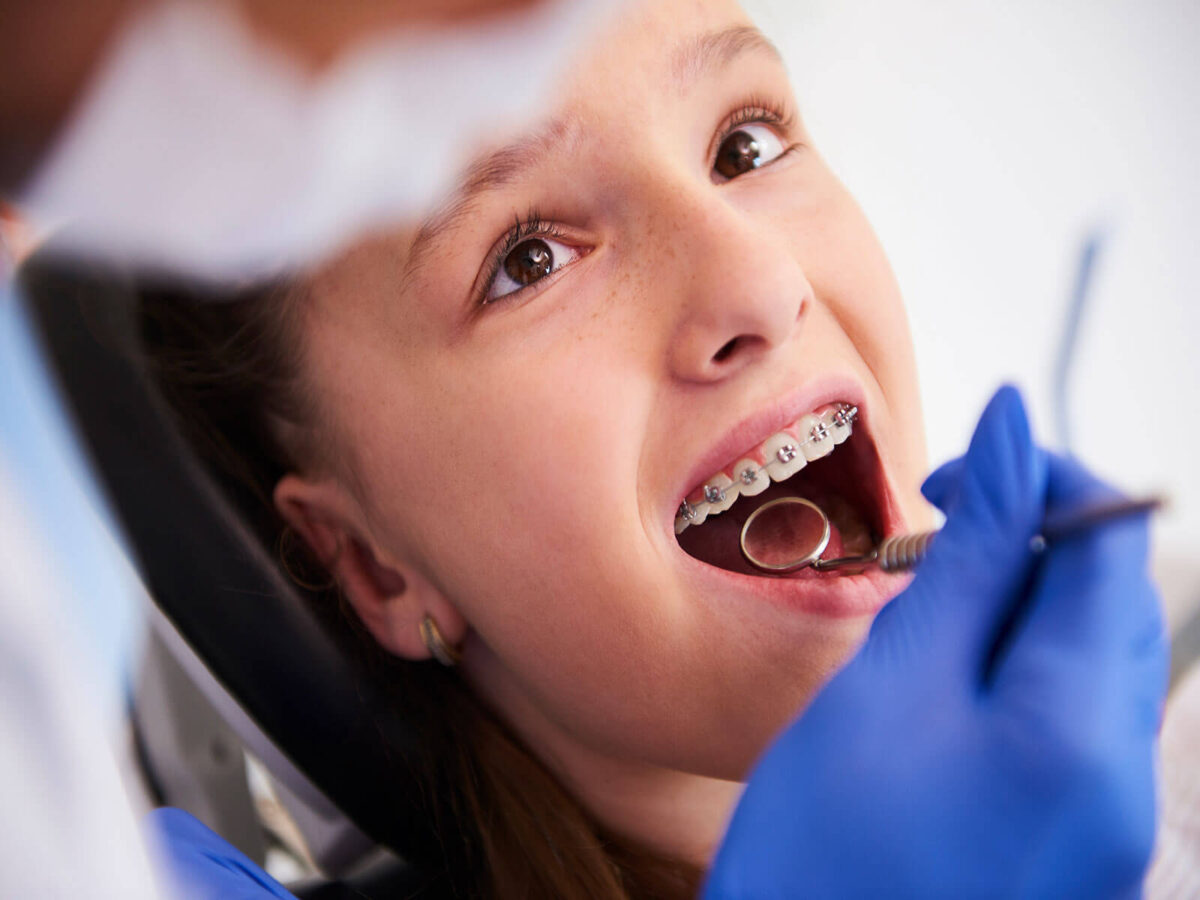Blog
Dental hygiene tips for healthy teeth & gums

Top Reasons Your Child Might Need Braces
Orthodontic treatment, often through braces, is a common and effective method for addressing various dental issues in children. Each child’s dental development is unique, yet there are several common reasons why a child may need braces. Understanding these reasons is crucial for parents to recognize early signs and seek timely orthodontic evaluation and intervention.
Reasons for Orthodontic Treatment in Children:
Malocclusion:
- Poor tooth alignment, or malocclusion, includes overbites, underbites, crossbites, and open bites. This condition can affect proper teeth and jaw function, leading to difficulties in biting, chewing, and speaking.
Crowding:
- Crowding occurs when there’s insufficient space for all permanent teeth to emerge properly, leading to misalignment, overlapping, or rotation. This not only impacts the smile’s aesthetics but also complicates proper dental hygiene, increasing the risk of cavities and gum disease.
Gaps (Diastemas):
- Excessive spacing between teeth can disrupt the bite and overall smile harmony. Braces can close these gaps, creating a more uniform dental arch.
Thumb-sucking and Pacifier Use:
- Prolonged thumb-sucking or pacifier use can impact tooth alignment and jaw development, often leading to open bites. Braces can correct the effects of these habits, ensuring optimal alignment.
Jaw Irregularities:
- Jaw growth and development issues can lead to orthodontic problems. Braces may be recommended to correct these anomalies, achieving balance between the jaws.
Early Baby Tooth Loss:
- Premature loss of baby teeth can disrupt the normal eruption pattern, leading to spacing issues or misalignment. Braces can guide remaining teeth into place, ensuring a healthy transition to permanent teeth.
Crossbite:
- A crossbite, where upper and lower teeth are misaligned, can lead to uneven tooth wear and jaw dysfunction. Braces are effective in treating crossbites and ensuring proper alignment.
Protruding Front Teeth:
- Protruding front teeth, or buck teeth, can result from various factors and are often corrected with braces. This treatment minimizes trauma risk and enhances facial symmetry.
Impacted Teeth:
- Impacted teeth, which do not erupt properly, can affect the alignment of adjacent teeth. Braces, often alongside oral surgery, can guide impacted teeth into their correct positions.
Difficulties with Speech and Chewing:
- Orthodontic issues can impact speech clarity and chewing efficiency. Children with misaligned teeth or jaw problems may struggle with pronunciation or proper chewing. Braces can address these issues by improving oral function.
Conclusion:
Recognizing signs your child may need braces is key to enhancing their oral health and well-being. Early orthodontic intervention can effectively address these issues, preventing future complications and providing a confident, well-aligned smile.
If you observe any of these signs or have concerns about your child’s dental development, consult an orthodontic specialist to discuss the best treatment options. Orthodontic care is vital for your child’s long-term oral function and dental health.
